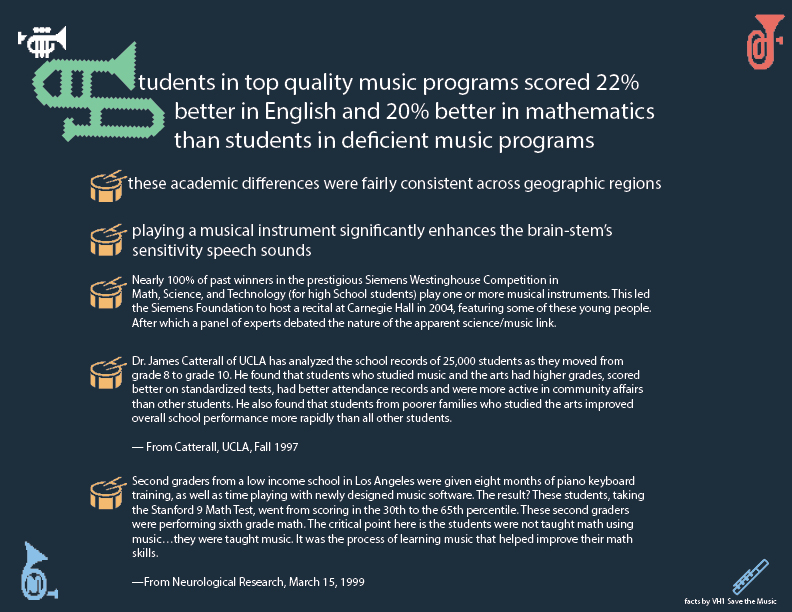by Ronnie Rhodes
College coaches recruit fewer than 7 percent of high school athletes each year, according to the NCAA,
Some athletes go to well-known schools with large sports programs. They succeed in the spotlight and have a better chance of making it in professional sports. The rest go to smaller schools. They get less recognition but might be as talented as those who go to big-name institutions. All this fight for recognition comes with a price, however.
More and more athletes are competing for the top spot at a school. The competition has increased over the years with the rise of younger, exceptional athletes.
Norman High School’s defensive football coordinator witnessed how colleges are recruiting students at a younger age, adding unnecessary stress to the playing field.
“Kids are getting bigger, better, faster and stronger,” John Emerson said.
As colleges vie for this new generation of elite athletes, sports training must intensify to keep pace with those now above-average athletes.
Kalin Sadler practices a minimum of four days a week to increase his speed, strength and agility. College coaches began contacting the Lawton High School senior at the end of his sophomore year after seeing him shine on the football field for two years.
Though Sadler is being targeted to attend elite schools across the country – he’s been contacted by OU, OSU and New Mexico and others – he feels pressured by the college coaches both to succeed and to choose a school.
“Recruiting is not easy, especially at this time. It stresses me out big time. It hurts,” Sadler said.
The recruiting process has become more challenging for athletes, with more coaches finding ways to reach recruits. Many believe that a simple phone call to a student would be the easiest way to contact a recruit. However, that is not the case. NCAA rules prohibit recruiters from phoning athletes until their junior year. Even then, strict rules govern how the call is performed.
But NCAA rules say next to nothing about recruiters reaching potential recruits through social networking. Sadler has been contacted several times by coaches through social networks.
“They go to Facebook or Twitter to contact you and try to convince you to go to their campus. That’s a first. If you impress them, they contact you more,” Sadler said.
Emerson, however, said he believes contacting an athlete is a crucial part of the recruiting process, no matter the means.
“That’s the whole thing, it’s who can wine and dine a student the best while staying within the rules,” Emerson said.
High school coaches also are feeling the stress of college recruiting. Emerson said it’s hard sometimes having to tell athletes who aren’t being recruited that they probably won’t be playing in college. Many of these athletes are not chosen because of factors outside of their control, such as their height, weight and strength.
“At some point, you have to look some of them in the eye and say you aren’t going to make it,” Emerson said.
Although many negative factors come alongside the recruiting process, targeted athletes see the positive aspects of the process. Sadler said he believes the recruiting process has helped his career progress.
“It’s an opportunity to show what I can do and what I can achieve,” he said.
Another Lawton High School senior football player said he sees recruiting as an athlete’s chance to excel.
“I’m playing for the love of it,” said Darreyl Patterson. “It would be an honor to be recruited.”
Recruitment can indeed be identified as one of the most complicated processes among high school and college sports. It also is a rare opportunity that student athletes accept with generosity and appreciation.
“We’re all just trying to live our dreams,” Patterson said.





